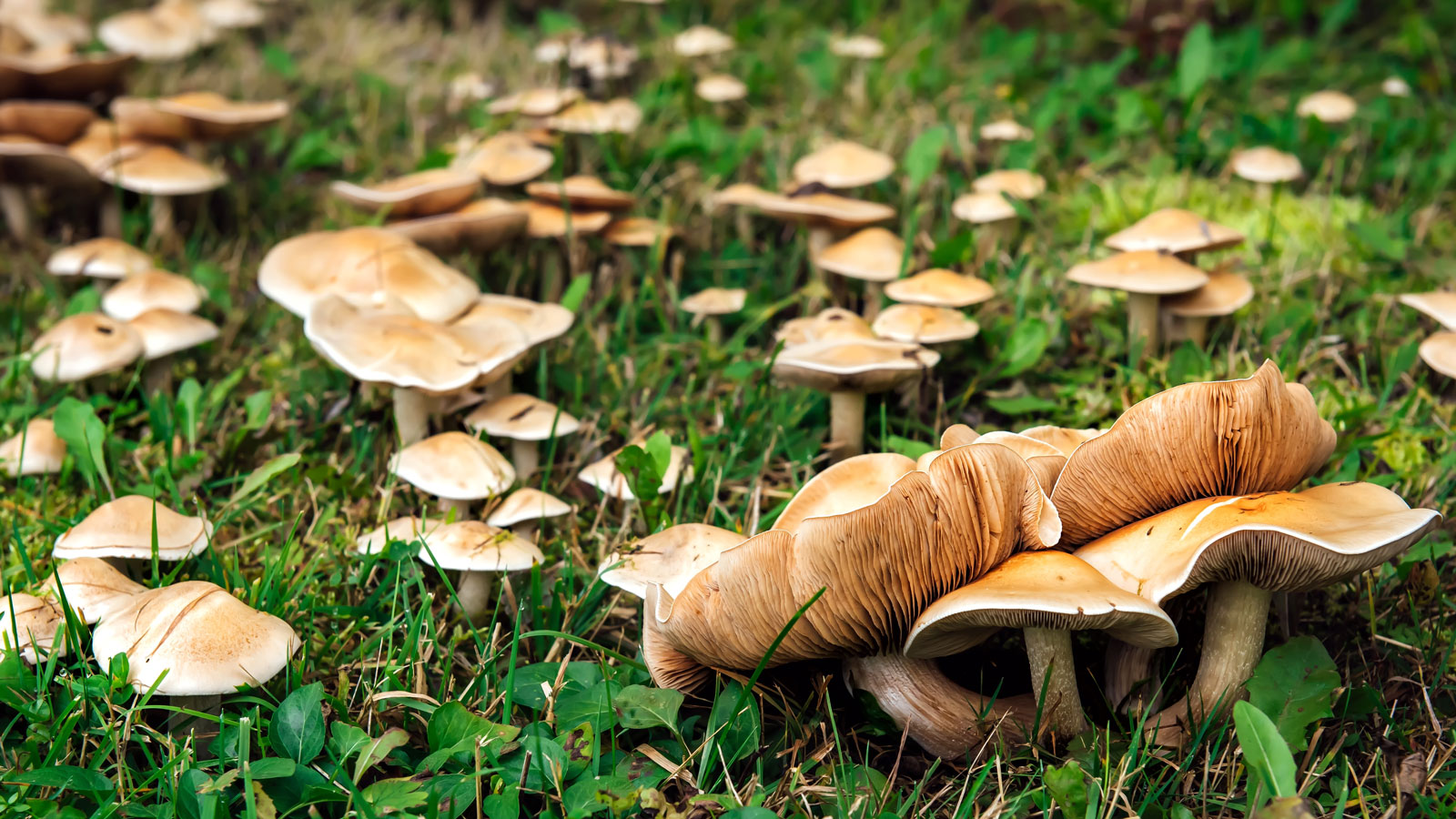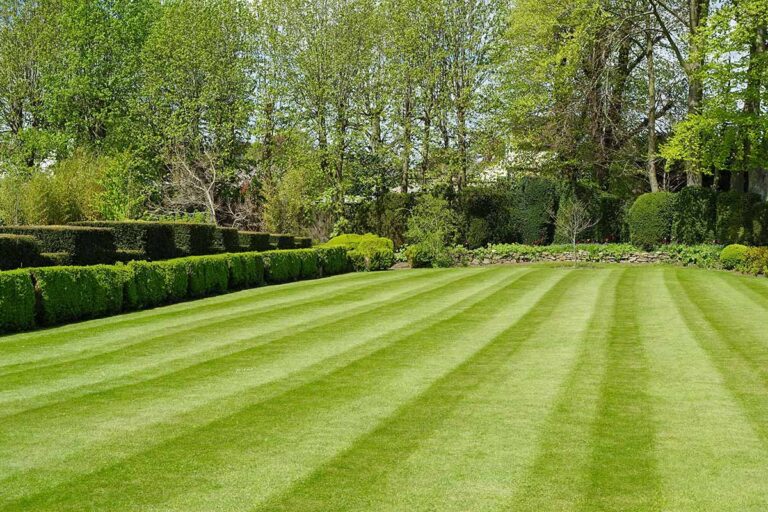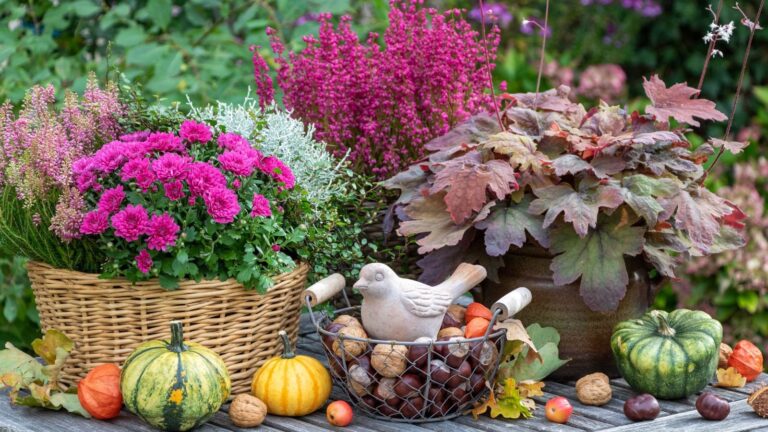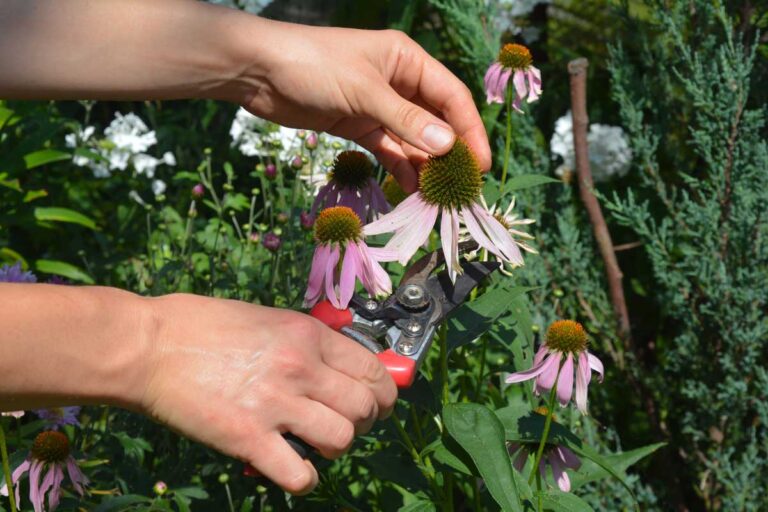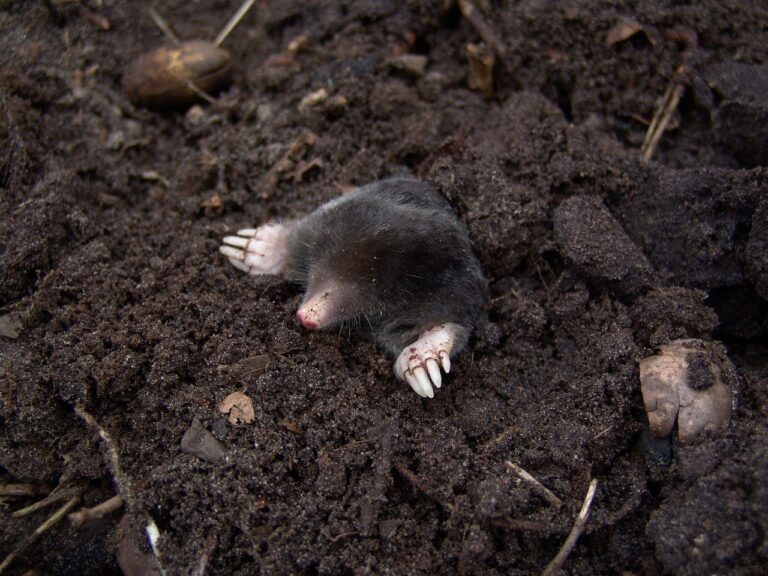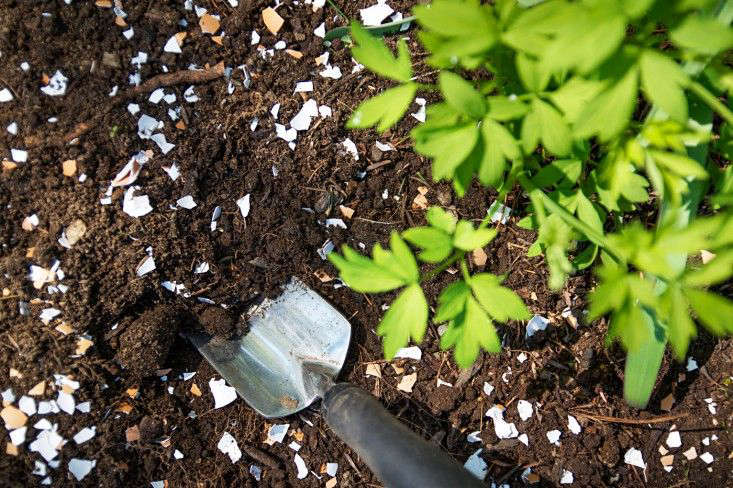Don’t Panic! Garden Mushrooms Reveal Fascinating Soil Health Secrets You Need to Know
The appearance of unexplained mushrooms in your garden soil requires an immediate response yet you should pause before using fungicides because these fungi reveal important information about your soil condition. The tiny caps and thin stems that appear in your garden soil serve as natural soil health detectives which reveal essential information about underground conditions.
Mushrooms growing in garden soil consist of much more than basic fungal development. Soil organisms function as natural indicators which show the status of soil fertility and moisture levels and organic matter breakdown and ecosystem wellness. Learning their language enables you to move beyond basic gardening to become a soil whisperer who can read the concealed signals your earth sends.
The Hidden Language of Garden Mushrooms: What They’re Really Telling You
Mushrooms are the visible fruiting bodies of vast underground mycelial networks that extend for miles beneath your garden. The networks create mushrooms as their reproductive structures when environmental conditions such as moisture and organic matter and temperature become suitable. The plants have evolved their appearance through natural selection to thrive in particular soil environments that provide optimal growing conditions.
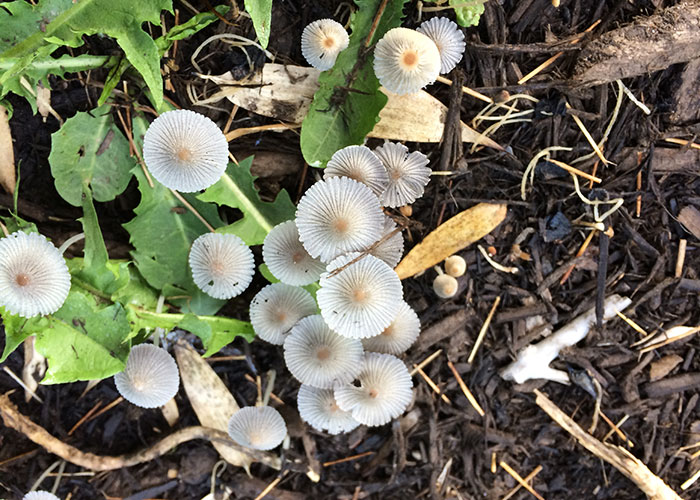
The presence of mushrooms in your garden soil indicates active biological processes working in your favor. These fungi function as natural decomposers that transform intricate organic substances into nutrients which plants can use. Mushrooms represent the last part of an underground decomposition process which took place beneath the soil surface for weeks or months.
The different types of mushrooms show unique characteristics that indicate specific soil environments.
The presence of Shaggy mane mushrooms (Coprinus comatus) indicates that the soil contains a high amount of organic matter which supports beneficial microbial activity. The growth of Fairy ring mushrooms (Marasmius oreades) shows that the soil contains enough organic material and has a well-organized structure. The presence of wine cap mushrooms (Stropharia rugosoannulata) in compost piles indicates that your organic matter decomposition process is successful in producing nutrient-rich humus.
Some mushrooms have warning signs which show potential health problems. Honey fungus (Armillaria species) clusters around trees and shrubs may indicate root rot or stress in woody plants. The False parasol mushrooms (Chlorophyllum molybdites) growing in wet lawn areas show that the soil needs better drainage and has become compacted thus requiring urgent attention.
The Soil Health Spectrum: Celebration Indicators vs. Warning Signs
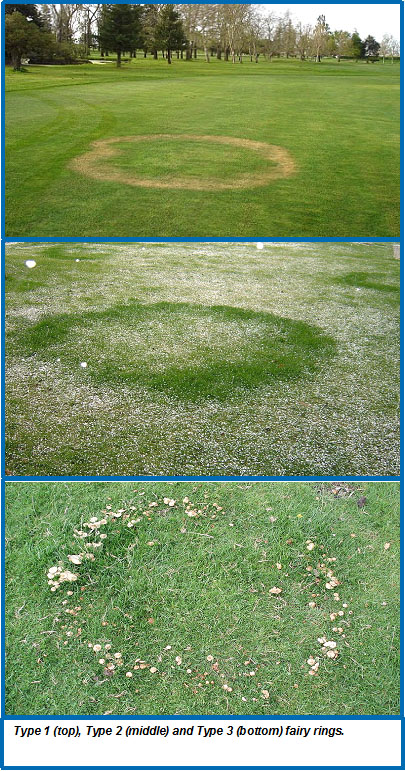
The health of soil in gardens shows itself through mushrooms which exist as both positive indicators of ecosystem health and warning signs of urgent action needed. The detection of these signals enables you to handle situations correctly which would otherwise cause pointless panic.
The soil ecosystem displays Celebration Indicators when it achieves its perfect state of balance. Active decomposition and nutrient cycling processes in the garden beds become evident through the presence of puffball mushrooms. The presence of bird’s nest fungi in mulch layers shows that the mulch is holding moisture and decomposing organic materials effectively. The mushrooms show that your soil food web operates properly because beneficial fungi and bacteria and other microorganisms work together to support plant health.
Neutral Indicators: Normal Soil Activity
Neutral Indicators show typical soil activities which need no human action. Many common lawn mushrooms appear during periods of increased moisture or temperature fluctuations. These species vanish from your garden within a short period of days or weeks when environmental conditions shift without creating any enduring effects on your garden. The natural decomposition process keeps working which maintains soil fertility in the long run.
Warning Signals: Immediate Response Required
Warning Signals need immediate response to conduct soil evaluation. Mushroom clusters that appear in damp locations show signs of drainage issues which create conditions for root diseases to develop. The presence of honey fungus near trees requires an expert arborist to check for root rot. The soil requires drainage improvement because its waterlogged spongy state enables mushroom growth which will permanently damage valuable plants.
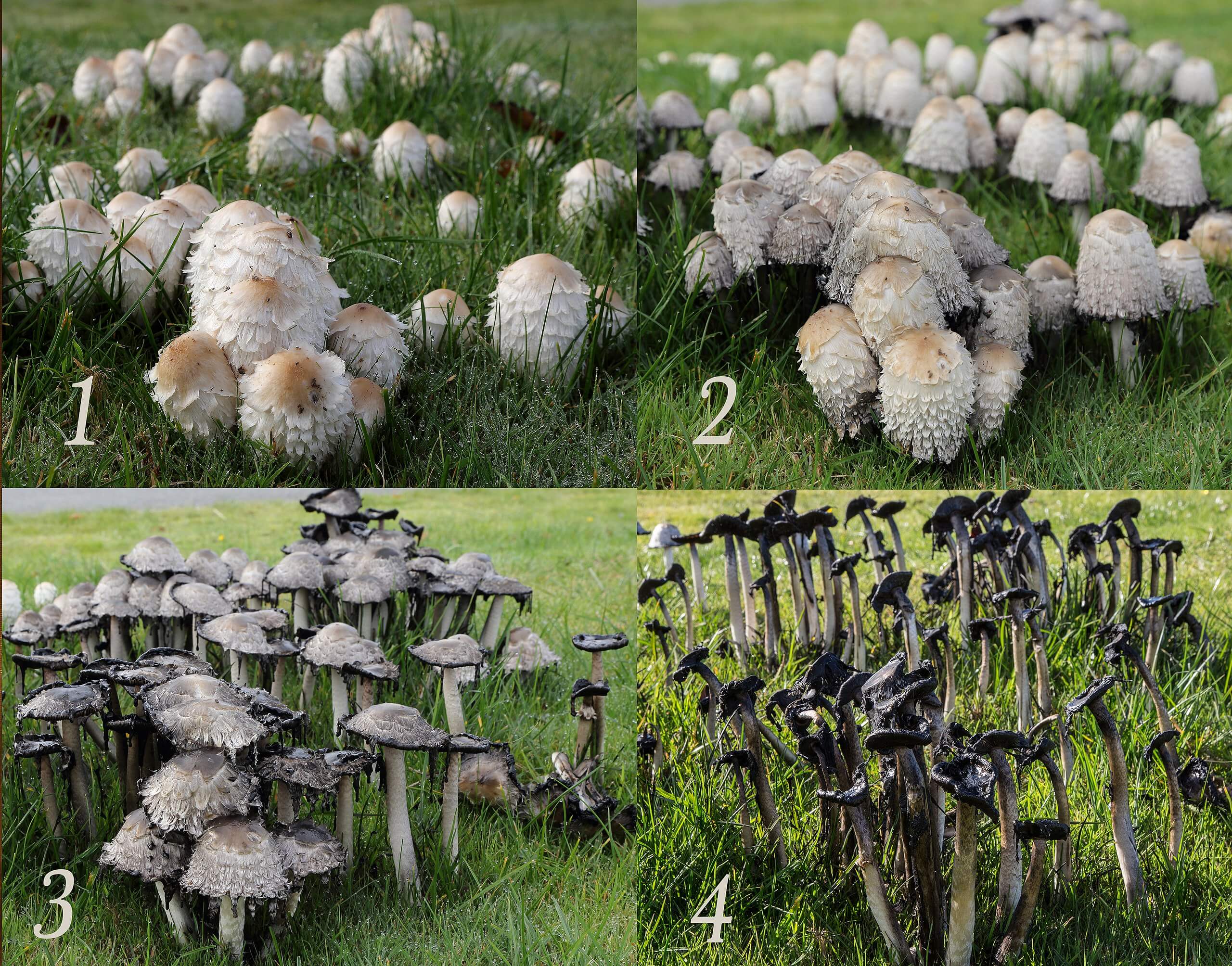
The Scientific Basis Behind Mycorrhizal Magic
Scientists have discovered the scientific basis behind mycorrhizal magic which describes how mushrooms enhance plant development. Mushrooms in the garden function as soil health indicators while showing the presence of mycorrhizal fungi which establish special connections with plant root systems. Scientists have discovered the “wood wide web” which plants developed through millions of years of evolution to obtain water and nutrients through their underground networks.
Mycorrhizal fungi establish themselves in plant roots by creating extensive thread-like mycelium which spreads deep into the surrounding soil.
The process expands the plant root system by 1,000 times which enables the roots to access nutrients and water that were previously inaccessible. The fungi extract minerals, particularly phosphorus and nitrogen, from soil particles and organic matter, then transport these nutrients directly to plant roots in exchange for sugars produced through photosynthesis.
The human gut bacteria relationship delivers advantages which surpass the fundamental needs of food consumption. Plants that join mycorrhizal networks gain better resistance to drought and improved tolerance to soil salinity and enhanced defense against soil-borne pathogens. Studies demonstrate that mycorrhizal fungi effectively fight against dangerous pathogens which include Fusarium, Pythium and Rhizoctonia that lead to root rot and damping-off diseases in garden plants.
The mycelial networks create physical soil structures which promote better plant development. Soil particles become stable aggregates through fungal threads which enhance soil aeration and drainage and water retention. The improved soil structure enables roots to move through it better while keeping enough moisture present when the soil becomes dry.
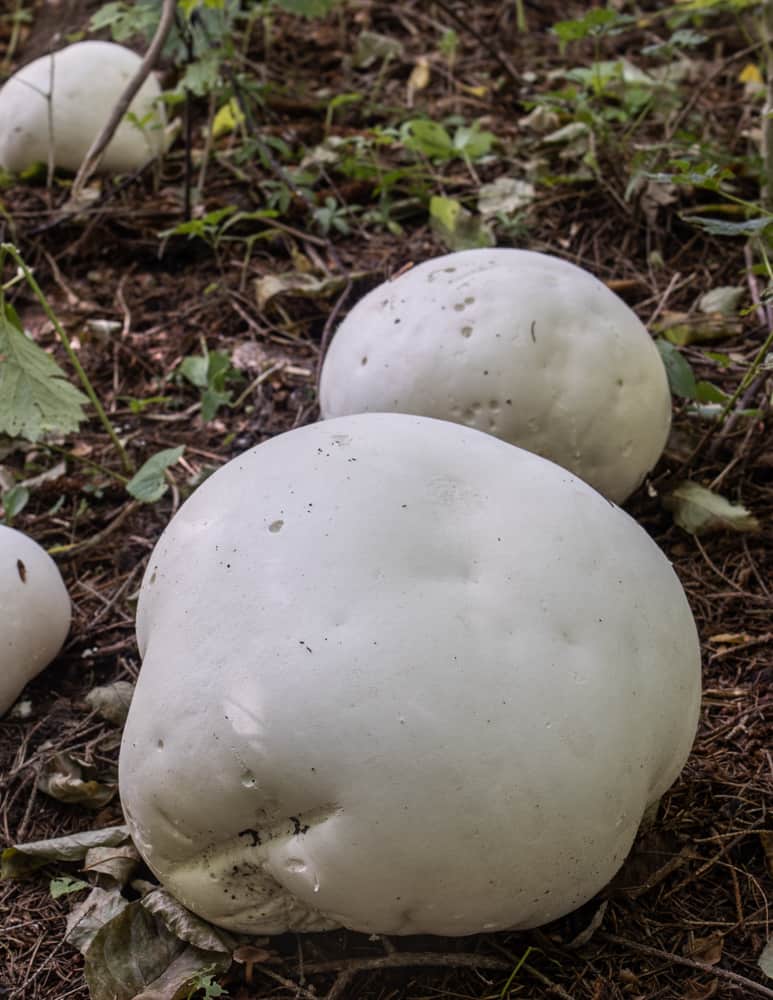
Seasonal Mushroom Patterns: When to Expect Different Species
The study of seasonal mushroom patterns enables you to predict which species will emerge during different parts of the growing season while their appearance indicates soil health. The appearance of spring mushrooms signals that previous winter organic matter decomposition has started because rising soil temperatures and increased moisture from seasonal rainfall.
Spring Appearances
Spring Appearances typically include morel mushrooms in forested areas and various cup fungi that thrive on decomposing winter debris. The first mushroom growth shows that soil biology has awakened from its winter hibernation to begin its nutrient processing work. The presence of these organisms indicates that autumn leaves and plant debris and organic materials are decomposing correctly which will provide nutrients for spring plant growth.
Summer Mushrooms
Summer Mushrooms appear during the summer season when heat reaches its maximum point and water levels experience abrupt fluctuations. The appearance of puffballs and ink caps becomes more frequent when rainfall becomes more intense and the weather becomes both warm and humid. The diverse range of mushrooms that appear in your garden during summer months shows that your soil contains healthy biological systems which protect against environmental stress while continuing to break down organic matter.
Fall Fungi
Fall Fungi represent the peak mushroom season for many garden species. The combination of lower temperatures and higher moisture levels in the environment leads to optimal conditions for fruiting body development. Wine cap mushrooms emerge in compost piles during autumn but honey fungus becomes visible when trees enter their winter sleep period. The patterns of mushrooms during fall season help you understand the soil ecosystem’s preparation for the next growing year.
The majority of climates show rare winter mushroom appearances but particular species continue to thrive in protected areas during brief warm spells. The survival of these organisms shows that the fungal communities are highly active and the soil remains biologically active because it is well-insulated during winter.

Identification Guide: Common Garden Mushroom Species
The process of identifying mushrooms correctly will turn your casual observation into the ability to detect soil evidence. The identification of all mushrooms needs extensive training yet gardeners who observe specific traits can identify common garden species.
Shaggy Mane Mushrooms (Coprinus comatus)
Shaggy Mane Mushrooms (Coprinus comatus) appear as tall, white cylinders with shaggy scales on their caps. The mushrooms develop in clusters throughout garden soil and lawn regions which have abundant nutrients. The presence of these microorganisms shows that the soil contains plenty of organic matter which supports various active microbial communities. The caps of shaggy manes transform into black liquid containing spores during their maturation process which leads to their common name “ink cap” mushrooms.
Fairy Ring Mushrooms (Marasmius oreades)
Fairy Ring Mushrooms (Marasmius oreades) create distinctive circular patterns in lawns, often appearing as rings of darker green grass with mushrooms forming along the perimeter. The rings show evidence of fungal decomposition that has occurred to buried organic materials such as tree roots and accumulated thatch. The presence of fairy rings in gardens creates visual appeal for some gardeners but they signal water distribution problems which need attention for proper lawn maintenance in formal areas.
Puffball Mushrooms
Puffball Mushrooms vary dramatically in size from golf ball to soccer ball dimensions. These rounded fungi start white and firm when young, becoming yellowish and powdery as they mature. The right time to harvest giant puffballs allows one to obtain enough food for feeding an entire family but smaller species help improve soil quality. The active decomposition of organic matter takes place in this environment because the stable soil conditions enable these organisms to thrive.
Honey Fungus (Armillaria species)
Honey Fungus (Armillaria species) presents the most serious identification concern for garden plants. These mushrooms appear in clusters with honey-colored caps and white spores, typically near the base of trees or shrubs. The honey fungus differs from beneficial decomposers because it attacks living plant roots which can result in major harm to ornamental trees and shrubs. Immediate professional consultation is recommended when honey fungus is suspected.
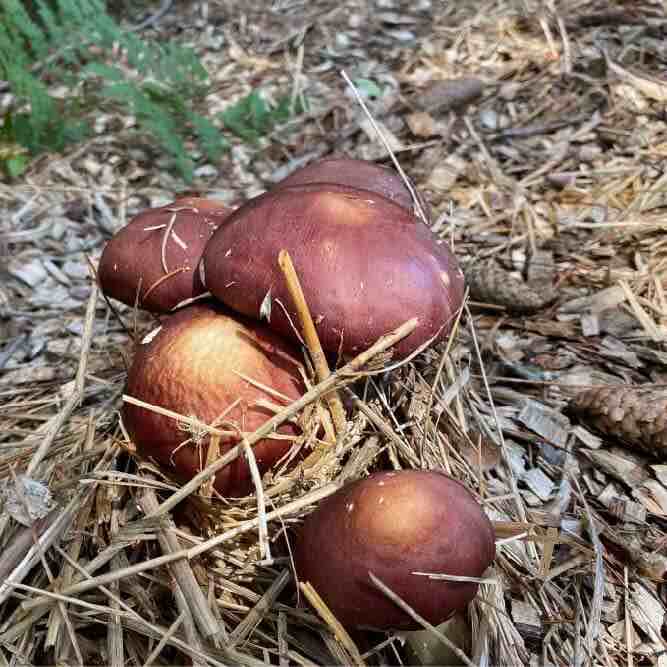
Mushroom Toxicity and Pet Safety: Essential Knowledge for Gardeners
Most garden mushrooms are harmless to humans and pets but several species become dangerous when ingested. The protection of your family and pets along with beneficial fungi in your soil requires knowledge of toxic substances and proper safety protocols.
Toxic Species to Watch For
Toxic Species to Watch For include the false parasol (Chlorophyllum molybdites), which causes severe gastrointestinal distress in both humans and pets. This large white mushroom with greenish spores often appears in lawns during humid summer conditions. The death cap along with other Amanita species tend to appear in gardens where oak trees exist because these fungi establish mycorrhizal relationships with the trees. The mushrooms contain dangerous toxins that lead to fatal liver failure when consumed in any amount.
Use gloves to remove fruiting bodies before placing them in sealed plastic bags which should be discarded through regular household waste instead of composting.
The identification of toxic mushrooms demands immediate execution of Pet Safety Protocol. People should keep close watch on their pets when mushroom seasons reach their peak because dogs tend to smell fresh mushrooms in the ground. Train your pets to stay away from mushrooms by using persistent discouragement methods and giving them safe chew toys or treats when they are most likely to encounter mushrooms.
The education process about mushroom risks for children needs to integrate knowledge about fungal ecosystems. Establish specific guidelines which prohibit handling or consuming wild mushrooms except when accompanied by an adult. Teach children about soil health and decomposition and proper identification of wild foods through the study of mushroom appearances.
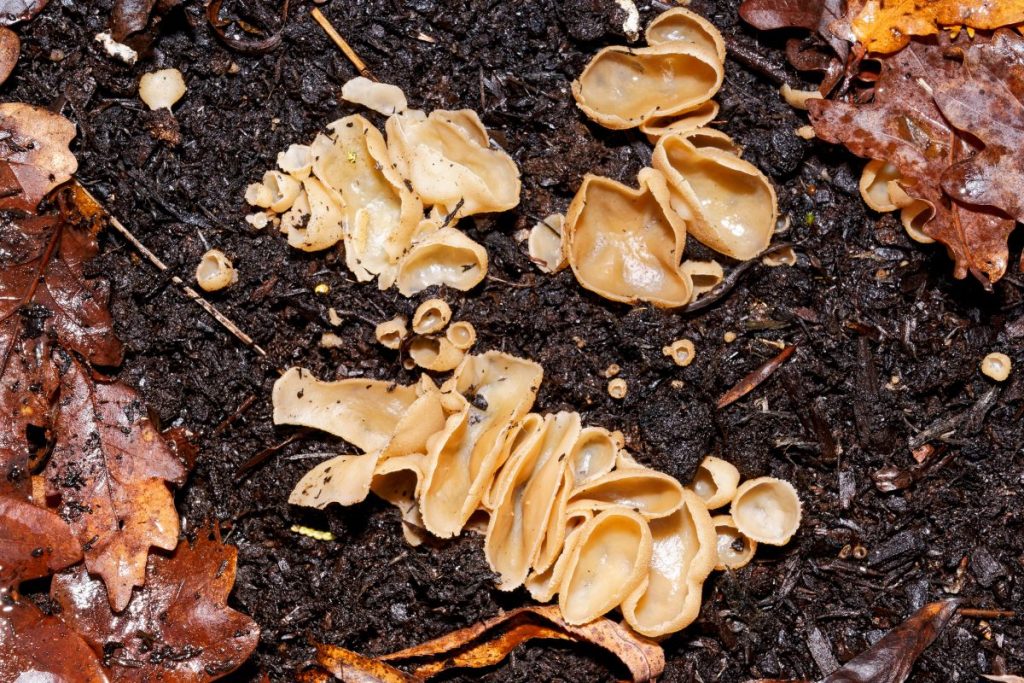
Practical Mushroom Management: Responding to Different Soil Messages
The practice of mushroom management needs knowledge about how various species relate to soil conditions and specific treatments for root causes instead of surface removal. This method converts mushroom management from a process of removal into a strategy for actively enhancing soil quality.
Addressing Drainage Problems
The presence of excessive mushroom growth in wet areas requires complete drainage system improvements for solving drainage problems. The solution involves installing French drains in wet spots and building elevated planting areas with drainage-improved soil components and moving downspouts to safe locations. Soil structure receives improvement from organic matter that comes from compost and aged manure while its water absorption abilities become more effective. Plants that resist water should be placed in areas where water tends to collect instead of using drainage systems that might not work.
Solving Compaction Issues
The solution to compaction problems that show up as mushroom growth clusters needs both mechanical soil loosening and organic matter addition. Use broadforks or garden forks to aerate compacted areas because they create minimal disturbance to the soil which helps protect beneficial fungal networks. Soil structure improvements require coarse compost or leaf mold or aged wood chips to create lasting changes. The garden bed foot traffic should be minimized through pathway creation and stepping stone placement for weight distribution.
Managing Pathogenic Fungi
The presence of honey fungus or similar pathogens needs immediate professional evaluation to achieve proper root disease management. Consult certified arborists to evaluate tree health and determine if treatment or removal should be performed. The overall health of plants will improve when you practice correct watering methods and fertilization and pruning techniques which help plants fight off pathogens better. Replace vulnerable species with disease-resistant species in areas that have high disease risk.
Encouraging Beneficial Fungal Populations in Your Garden
Modern gardeners who plan for the future recognize mushrooms as beneficial organisms which they actively grow to improve soil health and increase plant production. The transition from competitive to cooperative soil fungus relationships leads to sustainable garden systems which produce outstanding results through reduced resource usage.
Creating Fungal Habitat
The implementation of beneficial fungi requires selecting suitable materials which should be applied at specific depth levels. Wood chip mulches from deciduous trees provide excellent habitat for decomposer fungi while slowly releasing nutrients as they break down. Create leaf litter collection areas for natural fungal growth by applying 2-4 inch thick mulch layers around perennial plants. The practice of over-mulching results in anaerobic environments which promote dangerous fungi growth instead of beneficial fungi.
Composting with Fungi
The practice of composting with fungi requires two essential conditions which are maintaining the right carbon-to-nitrogen ratio and suitable moisture levels to foster diverse microbial populations. The compost pile requires woody materials and cardboard and leaf litter to serve as substrates for fungal colonization. The compost needs occasional turning to maintain air circulation but this should be done with minimal frequency to safeguard fungal networks.
Create designated leaf collection zones in your garden while using wood chips to separate planting areas and placing logs and branches in areas with minimal foot traffic to support fungal growth.
Habitat Creation for beneficial mushrooms involves providing sheltered areas where fungal networks can establish and thrive without excessive disturbance. The habitat features enable decomposer fungi to break down organic matter while producing spores that spread to colonize additional soil areas.
Advanced Soil Health Insights: Reading Between the Mushroom Lines
Experienced gardeners learn to detect hidden mushroom indicators which help them interpret the complex soil ecosystem structures. The detailed observations reveal soil health patterns which standard mushroom identification methods fail to detect so that problems can be addressed before they become severe.
Understanding Mushroom Distribution Patterns
The distribution of mushrooms throughout your garden reveals that various microclimates exist in the area. The areas with diverse mushroom species show the best conditions for moisture and temperature and organic matter but the sections with low fungal activity need soil amendments and environmental changes. Use mushroom diversity as a natural indicator for expanding successful gardening practices to underperforming areas.
Soil Chemistry Through Mushroom Species
The study of soil chemistry reveals itself through watching which mushroom species grow in particular areas. Acidic soil environments support particular fungal populations yet alkaline soil environments support entirely different fungal communities. The tracking of mushroom species distribution helps scientists detect pH-related patterns which determine when lime or sulfur amendments should be applied for better plant growth.
Ecosystem Stability Indicators
The duration and timing of mushroom fruiting serves as a biological indicator to show the state of the ecosystem. The stability of soil ecosystems becomes evident through yearly patterns yet irregular patterns suggest recent disturbances from construction activities or chemical use or severe weather conditions. The success of soil improvement projects and environmental restoration efforts should be measured by how well they achieve mushroom consistency.
Integrating Edible Mushroom Cultivation for Soil Enhancement
Modern gardeners now choose traditional garden crops because they understand their value for mushroom cultivation. The method produces nutritious food while it enhances soil health through better fungal connections and organic matter decomposition.
Wine Cap Mushroom Cultivation
Wine Cap Mushroom Cultivation works exceptionally well in wood chip mulched pathways between raised beds. The mushrooms develop on wood chip substrates which create extensive mycelial networks that expand throughout the surrounding soil. You should inoculate fresh wood chip pathways during springtime and keep the area moist throughout summer to harvest mushrooms and create better soil conditions for vegetables and flowers.
Oyster Mushroom Integration
Oyster Mushroom Integration with composting systems accelerates organic matter decomposition while producing protein-rich food. Layer oyster mushroom spawn between compost pile materials, particularly those containing straw, paper, or wood chips. The fungi decompose lignin and cellulose compounds through their breakdown activities which generates heat that accelerates the composting process. The harvesting of oyster mushrooms should occur on pile surfaces before the finished compost gets added to garden beds.
Shiitake Log Cultivation
Shiitake Log Cultivation provides long-term soil improvement benefits alongside gourmet mushroom production. The process begins with inoculating hardwood logs with shiitake spawn which later become windbreaks and wildlife habitats and slow-release nutrient sources through their multi-year decomposition process. The large mycelial networks establish connections with surrounding soil which results in improved soil structure and accessible nutrients for neighboring plants.
Troubleshooting Common Mushroom Problems
A methodical problem-solving approach becomes necessary for all gardeners to handle mushroom-related issues even when they possess extensive gardening experience. People can prevent frustration while maintaining soil health benefits through their understanding of how to solve persistent problems with beneficial fungal populations.
Indoor Mushroom Issues
The presence of persistent indoor mushroom problems usually results from too much moisture and organic material that builds up in potted plants and greenhouses. Remove all mushrooms that are visible from the surface and change the watering schedule to let the soil dry between waterings. Plants will receive better drainage when perlite or coarse sand is added to potting mixes and improved air circulation will reduce the humid environment that leads to fungal fruiting.
Lawn Mushroom Management
People need to achieve a balance between lawn aesthetics and environmental sustainability when practicing lawn mushroom management. The growth of mushrooms on formal lawns requires two main steps: first reduce water supply and second improve drainage by using lawn aeration and sand application to prevent their development. Remove grass clippings right away because they contain organic materials which serve as food for fungi. Naturalized areas should replace high-maintenance lawn spaces to create environments where beneficial mushrooms can grow without visual interference.
Garden Bed Overpopulation
Garden Bed Mushroom Overpopulation indicates that there is too much organic matter or the soil conditions are not balanced. Check for recent changes in the field such as manure application or compost addition to determine if there is an excessive amount of readily available nutrients. The future amendment schedule must be modified to achieve slower nutrient release and carbon-rich materials like straw or wood chips should be incorporated to manage nitrogen levels which support rapid fungal development.
Conclusion: Embracing Your Role as a Soil Health Detective
The appearance of mushrooms in your garden represents an invitation to become an active participant in understanding and improving soil ecosystem health. The fungal visitors should be viewed as important messengers which provide essential information about soil conditions and biological activity levels and nutrient cycling processes.
Your gardening practice will evolve into proactive ecosystem stewardship through precise mushroom signal interpretation.
Your gardening practice will evolve into proactive ecosystem stewardship through precise mushroom signal interpretation which enables you to implement targeted soil improvement methods based on fungal indicators and beneficial fungal relationship cultivation. The development of new plant varieties leads to gardens which can handle environmental challenges and yield high harvests while requiring minimal external care.
When you notice mushrooms growing from your garden soil you should avoid both panicking and taking them out right away. Observe their characteristics and note their locations while thinking about the health messages they convey about your soil. Your understanding of these principles will enable you to make decisions that support instead of disrupt the complex biological systems which create successful garden environments.
Healthy soil ecosystems need extended periods to develop their complex biological systems before they can reach stability. Document your observations while being patient with the process because beneficial fungi will appear as proof that your gardening methods support soil life development. The mushrooms which appear in your garden right now could become essential for achieving maximum harvests in the future.
Learn more about soil health management: University Extension Soil Health Resources
Professional mushroom identification: North American Mycological Association
Mycorrhizal fungi research: International Mycorrhiza Society

